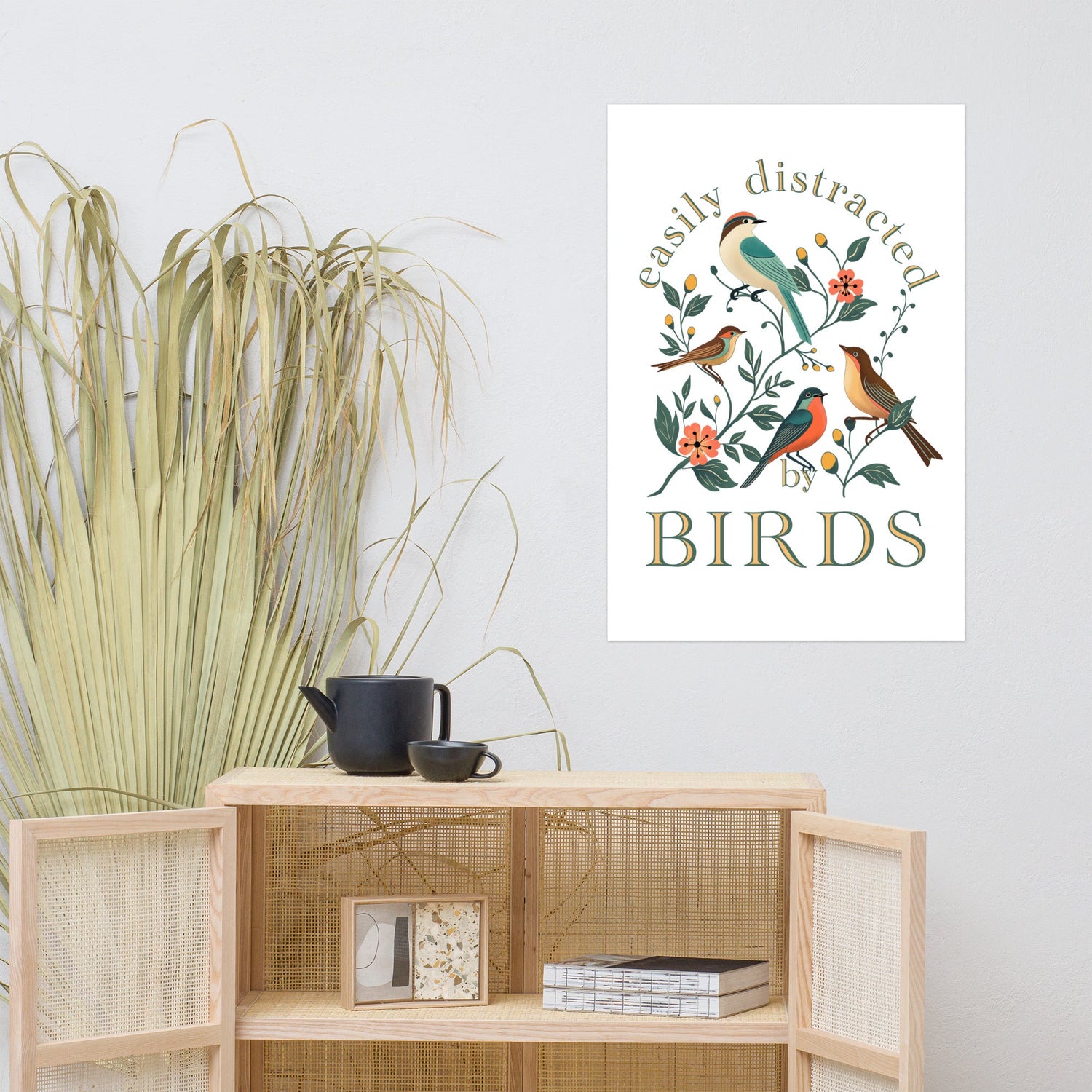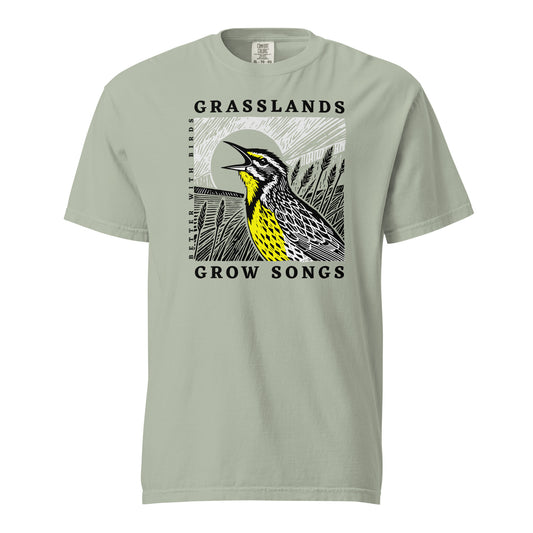Bird Journaling Indoors: What to Note from a Window Watch
Feature Photo: YuliaLisitsa/Shutterstock
Read Time: 6 minutes

This post contains affiliate links. If you use these links to buy something, we may earn a commission at no additional cost to you. We only recommend products we fully support or use ourselves. Our full disclaimer
PIN THIS FOR LATER














